Introduction: Understanding Fish Finders
A fish finder is an electronic device that utilizes sonar technology to locate fish underwater. These devices have evolved significantly over the years, becoming more accurate and user-friendly. Modern fish finders show detailed information about fish locations, water depth, and underwater structures. For both novice and experienced anglers, a fish finder can enhance the fishing experience, making it easier to find fish and understand aquatic environments. This guide will explore how fish finders work, their various types, benefits, and tips for effective usage.
How Fish Finders Work
The Science Behind Sonar Technology
At the heart of any fish finder is sonar technology. Sonar stands for Sound Navigation and Ranging. The device sends out sound waves into the water. These waves travel until they hit an object, such as fish or the bottom of a lake. When the waves bounce back, the fish finder calculates the distance based on how long it takes for the waves to return.
This information is then converted into visual images on the device’s screen. Anglers can see the structure of the underwater environment and the presence of fish. Understanding this fundamental technology helps users appreciate the capabilities of their fish finders.
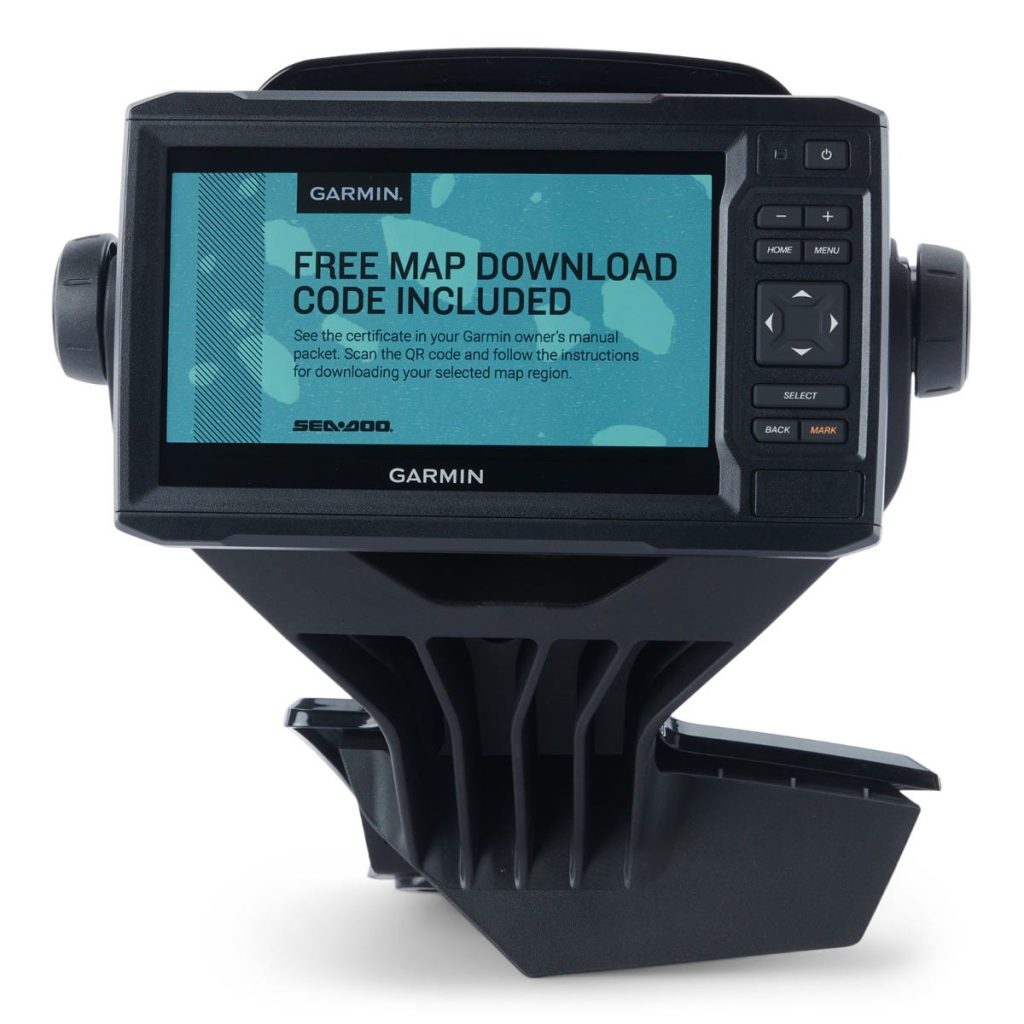
Transducers and Their Role
A crucial component of a fish finder is the transducer. This device emits and receives sonar waves. Transducers come in various shapes and sizes, affecting how they perform in different water conditions. Some are designed for specific tasks, such as deep-sea fishing or shallow water exploration.
High-quality transducers can provide more accurate and detailed images. Choosing the right transducer for your fishing style is vital. By understanding how transducers work, you can maximize the effectiveness of your fish finder.
Types of Fish Finders
Standalone Fish Finders
Standalone fish finders are dedicated devices solely for locating fish. They feature a display unit and a transducer, making them easy to use. These systems are often portable and ideal for small boats or kayaks. Many models have straightforward interfaces, allowing beginners to grasp their functionality quickly.
One drawback of standalone units is that they lack advanced features like GPS and mapping. However, they remain an excellent choice for anglers who need essential fish-finding capabilities without added complexities. The simplicity of these devices can be appealing for those new to fishing technology.
Combo Units
Combo units combine fish finders with GPS and chartplotting features. These devices allow users to locate fish and navigate waterways with ease. The integrated mapping functionality enables anglers to mark spots where they’ve had success, making future trips more efficient.
These combo units are ideal for serious anglers seeking advanced features. They can display detailed maps and provide information on water depth and underwater structures. Although they may cost more than standalone units, the added functionalities often justify the investment.
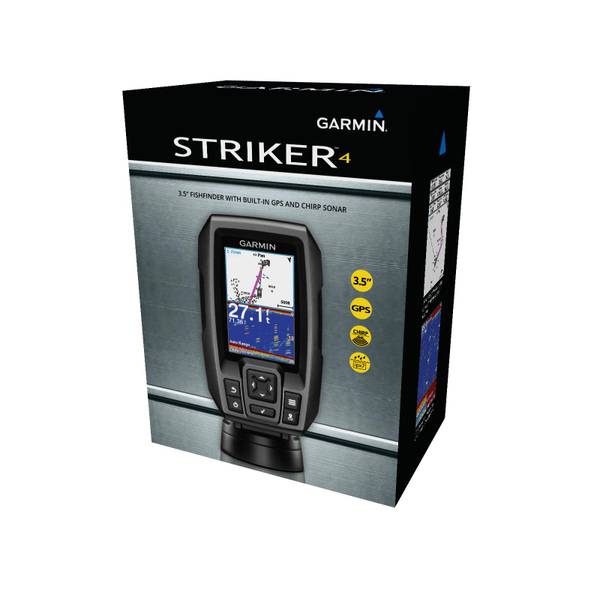
Benefits of Using a Fish Finder
Improved Fishing Success
The primary benefit of using a fish finder is increased fishing success. By accurately locating fish, anglers can save time and effort. Modern fish finders show real-time images, making it easier to target specific areas where fish are congregated.
Understanding the fish’s behavior and habitat can also lead to better angling strategies. Ultimately, using a fish finder can lead to a more productive and enjoyable fishing experience. This advantage is especially helpful for beginners who may struggle to find fish using traditional methods.
Enhanced Understanding of Water Conditions
Fish finders not only help locate fish but also provide valuable insights about water conditions. They can display information on water temperature, underwater structures, and the presence of baitfish. This data helps anglers make informed decisions about where and how to fish.
By understanding the aquatic environment, anglers can adjust their strategies accordingly. For example, knowing the temperature can help determine which species of fish are likely to be active. This enhanced understanding can significantly improve fishing outcomes.
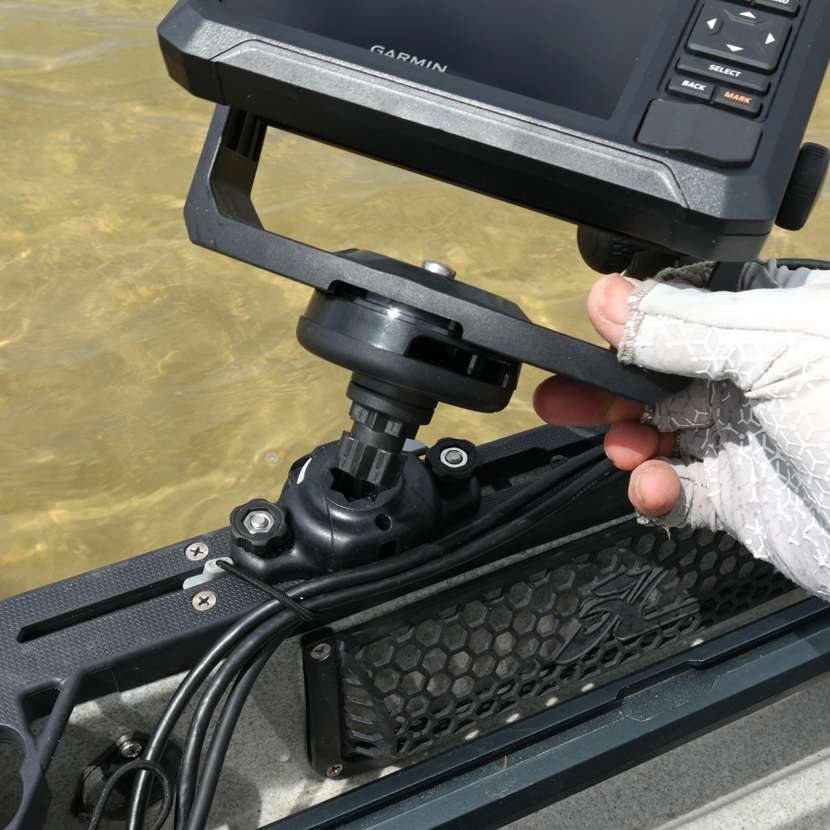
Tips for Using a Fish Finder
Proper Installation
Proper installation of your fish finder is crucial for optimal performance. Carefully read the user manual before setting it up. The transducer’s position can affect the accuracy of readings. Ensure it is mounted correctly and submerged to avoid air bubbles that may distort sonar readings.
Take your time during installation to avoid future complications. Following the manufacturer’s recommendations will help you get the most out of your device. A well-installed unit performs better and provides more reliable information.
Regular Maintenance
Regular maintenance is essential to keep your fish finder in excellent working condition. After each fishing trip, clean the transducer and display screen to remove dirt and grime. This practice ensures clearer readings and images in future outings.
Additionally, check for software updates periodically. Manufacturers often release updates that can improve performance or add new features. By maintaining your fish finder, you can ensure it provides accurate data and serves you well for years to come.
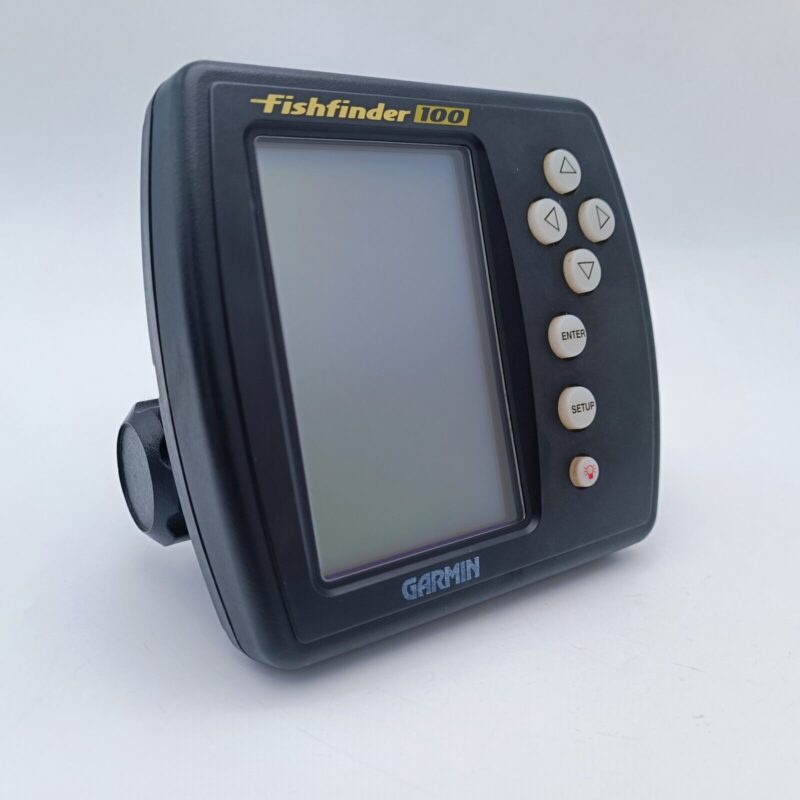
Common Mistakes to Avoid
Over-reliance on Technology
While fish finders are powerful tools, it’s important not to rely solely on technology. Many successful anglers combine their fishing instincts with insights from their fish finders. Understanding local fishing patterns and seasonal behaviors is equally important.
Over-reliance on the device can lead to missed opportunities. Despite having a fish finder, you should still pay attention to your surroundings. Combining observation with technology can significantly enhance your fishing experience and results.
Ignoring the User Manual
Many users overlook the importance of the user manual. The manual provides essential information on how to operate the device effectively. Not taking the time to read it can lead to confusion and suboptimal use of the device.
User manuals often contain troubleshooting tips, installation advice, and advanced features. By familiarizing yourself with the manual, you can unlock the full potential of your fish finder and improve your overall fishing experience.
Innovations in Fish Finder Technology
Chirp Sonar Technology
Chirp sonar technology is one of the latest advancements in fish finders. Unlike traditional sonar that uses a single frequency, Chirp sends a range of frequencies to produce clearer, more detailed images. This technology enhances target separation and provides better visibility of fish and underwater structures.
As a result, anglers can identify different species more easily and understand their placement in the water column. As technology continues to improve, Chirp sonar is becoming an industry standard, offering considerable advantages over older systems.
Smartphone Integration
Many modern fish finders now offer smartphone integration. This feature enables users to receive real-time updates, track data, and manage their devices through a mobile app. Anglers can view sonar images and maps directly on their smartphones, adding convenience and flexibility.
Smartphone integration can enhance the user experience, allowing for better data management. It also makes fishing trips more enjoyable, as users can make quick decisions based on accurate information. This trend points to a more connected fishing experience, allowing users to harness the benefits of technology effortlessly.
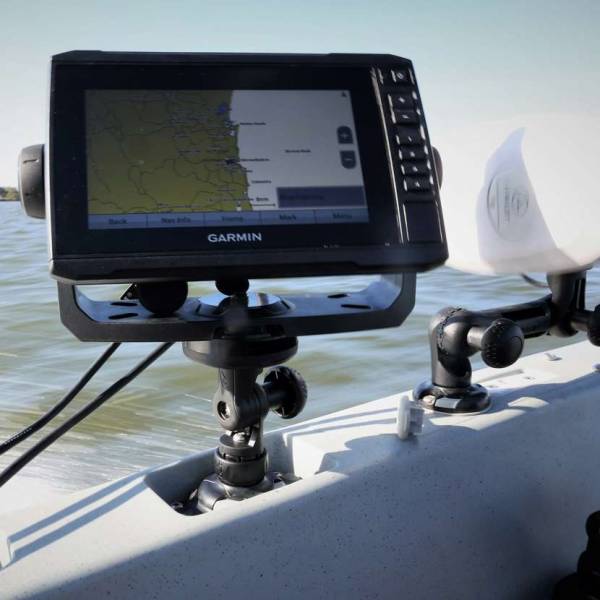
The Community Aspect of Fish Finding
Joining Fishing Groups and Online Forums
Engaging with the fishing community can enhance your understanding and enjoyment of using a fish finder. Many anglers join local fishing clubs or online forums where enthusiasts share tips, techniques, and experiences related to fish finders. These communities often provide a wealth of information that can help you get the most out of your equipment.
Participants share their knowledge about the best models for specific fishing environments and discuss their experiences with various features. By connecting with other anglers, you can learn new fishing techniques that complement the use of your fish finder. This exchange of ideas fosters camaraderie and can lead to new friendships centered around a shared passion.
Participating in Fishing Tournaments
Another exciting way to enhance your fish-finding experience is by participating in fishing tournaments. Many tournaments allow the use of fish finders, providing a competitive environment to test your skills against other anglers. Competing can motivate you to become more proficient in using your device and achieving better results on the water.
Tournaments also often feature workshops and seminars where experienced anglers share their knowledge. Learning from others who have successfully used fish finders in competitions can offer new strategies and insights. These experiences can broaden your horizons, making you a more well-rounded angler who utilizes technology effectively.
Environmental Considerations
Understanding Sustainable Fishing Practices
Using a fish finder raises the responsibility to practice sustainable fishing habits. Awareness of fish populations and habitats is essential to maintain healthy ecosystems. By understanding the types of fish your device locates and their behaviors, you can make informed decisions about when to catch and release.
Practicing catch and release helps ensure that fish populations remain sustainable. Many fish finders can show how deep fish are sitting and whether they are in distress. Using this information can guide you in respectful fishing practices, contributing to the overall health of your fishing environments.
Advocating for Clean Water Initiatives
As anglers who utilize modern technology, there’s an opportunity to advocate for clean water initiatives. Healthy fish populations depend on clean waterways. Using fish finders can help you identify areas where pollution may affect fish habitats.
You can participate in local efforts to clean up rivers and lakes. Engaging with community programs raises awareness about the importance of preserving aquatic ecosystems. Advocating for healthy environments not only enhances your fishing experiences but also contributes to the greater good. Committing to sustainable practices can make fishing enjoyable for generations to come.
Conclusion: Maximizing Your Fishing Experience
In conclusion, fish finders have transformed the way anglers approach fishing. By providing valuable insights into underwater environments, these devices can significantly improve your chances of success. Understanding how fish finders work, the types available, and tips for their effective use will help enhance your fishing experience.
Investing in a fish finder tailored to your needs can bring a new level of excitement to your fishing trips. Whether you are a seasoned pro or a beginner, embracing this technology can help you make the most of your time on the water.
As technology continues to evolve, staying informed about the latest advancements will keep you ahead of the game. Harness the power of fish finders and enjoy a more productive and fulfilling fishing experience!
